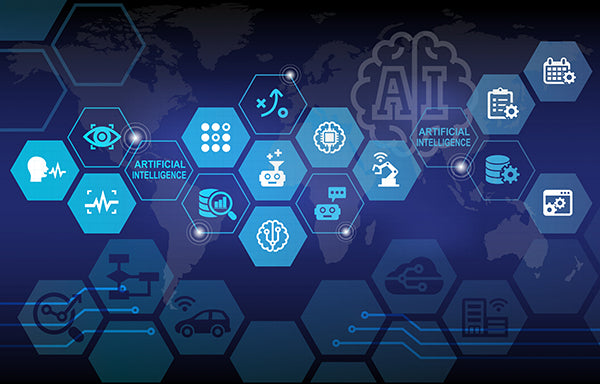
By Leticia Esnayra, Business Development
As the field of artificial intelligence (AI) evolves, so does the hardware required to support AI applications. In particular, the demand for AI-rugged edge computing has never been higher.
Rugged edge computing is a type of computing that is designed to operate in harsh environments. This can include anywhere from the desert to the Arctic. Rugged edge computing is often used in military and industrial applications where conventional computers would quickly fail.
The demand for AI-rugged edge computing has increased as more AI applications are being developed in these harsh environments. However, not all hardware is created equal, and choosing a hardware partner that can provide the right solution for your specific needs is important.
Three reasons why choosing the right hardware partner is critical for AI rugged edge computing:

Factors to consider when choosing a hardware partner:
When it comes to choosing a hardware partner for AI-rugged edge computing, there are some key factors you should consider. Here are some of the most important ones:
Conclusion
In conclusion, selecting the right hardware partner for AI-rugged edge computing is critical. With the growing demand and complexities of this type of technology, it's essential to choose a partner that has experience in this field, understands your needs, and can provide solutions tailored to them. Doing so will ensure that your project runs smoothly from start to finish and maximize its potential success.
About One Stop Systems
One Stop Systems (OSS) is a 25-year-old company providing disruptive large-scale data-center class, computational, and storage AI solutions optimized for the rugged tactical edge. By leveraging the industry’s highest-performance commercially available proven technology, our open systems architecture designs are built for scalability, low latency, and maximum data throughput, dedicated to keeping pace with the most demanding evolving AI algorithms.
Click the buttons below to share this blog post!

By: Jaan Mannik – Director of Commercial Sales
The term AI, or Artificial Intelligence, is everywhere nowadays and has quietly woven itself into the fabric of our daily lives. It powers the recommendations we see on streaming platforms, the navigation apps that guide us through traffic, and even the virtual assistants that answer our questions in seconds. From optimizing energy use in smart homes to predicting market shifts in finance, AI has become the invisible engine driving convenience, efficiency, and insight across industries.
In manufacturing, AI-driven robots collaborate with humans to streamline production. In agriculture, machine learning models monitor crops, forecast yields, and conserve resources. Retailers use predictive analytics to anticipate consumer needs before customers even express them. The reach of AI is no longer confined to futuristic labs, it’s in our phones, vehicles, and cities, constantly learning and adapting to serve us better.

OSS PCIe-based products deliver critical advantages for modern military sensor systems by enabling real-time data acquisition, processing, and transmission in rugged, mission-critical environments. These benefits stem from their ability to support high-bandwidth, low-latency interconnects, modular scalability, and environmental resilience, all of which are essential for today’s advanced military platforms.

Companies today are being asked to do more with data than ever before. Bigger AI models, faster insights, and workloads that don’t stay in one place, it’s a lot to keep up with. Traditional infrastructure just isn’t built for this kind of speed and flexibility.
The answer isn’t about throwing more hardware at the problem. It’s about building smarter, more agile infrastructure that adapts as demands change. And that’s where scale-out and increasingly, a blend of scale-out and scale-up come into play.